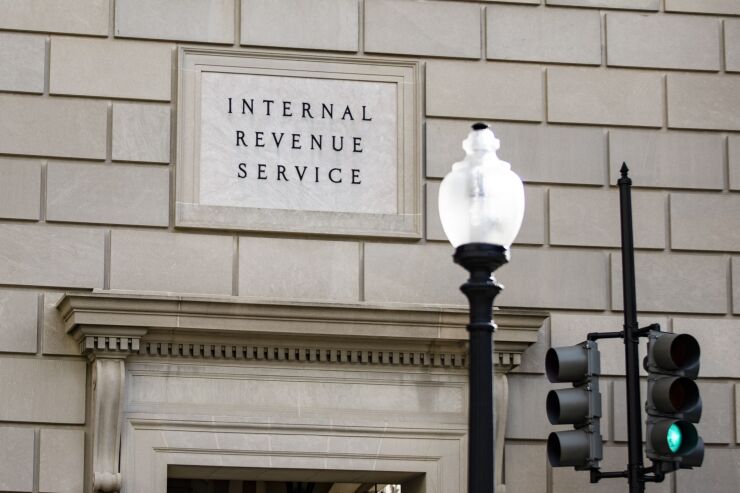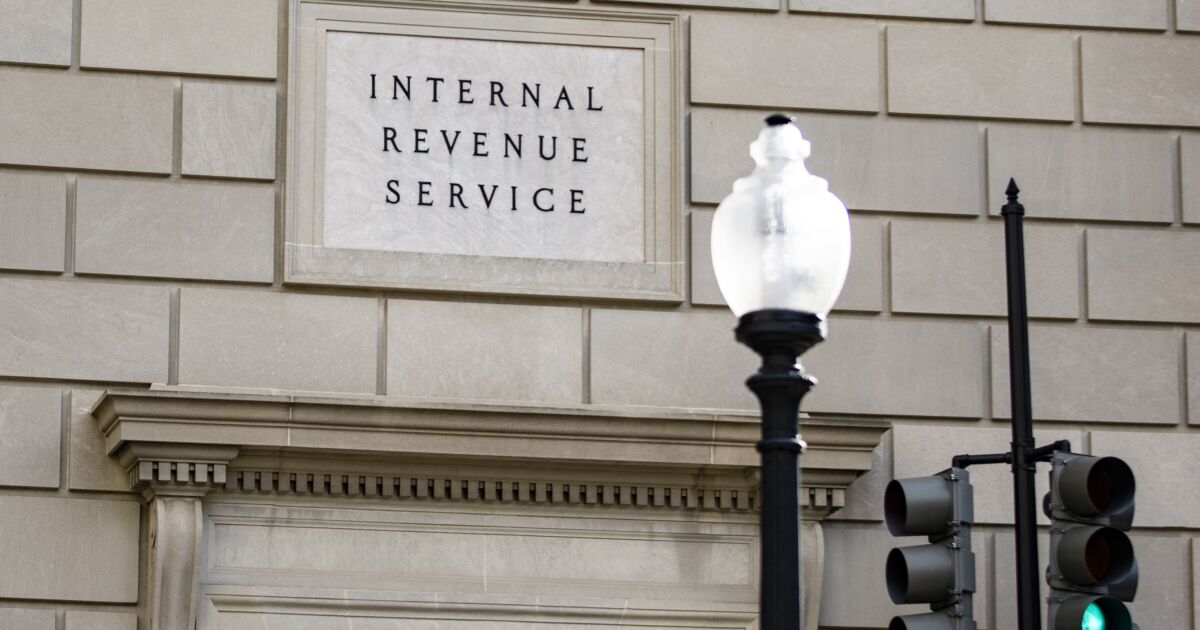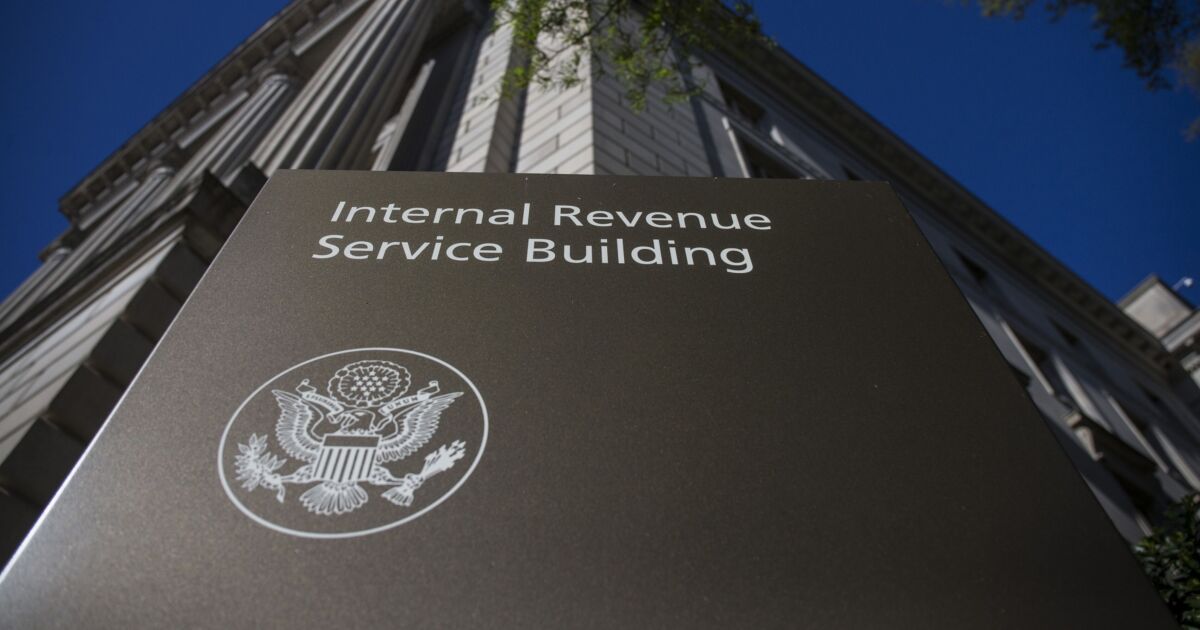The Internal Revenue Service has been making progress on catching up with its backlog of unprocessed tax returns, but more work needs to be done, according to a new report.
The
Nevertheless, there are still some problem areas.
“Delays in processing backlogged tax returns and other types of tax account work burden taxpayers, including delays in receiving their refunds,” said the report. “Further, significant inventories of tax account work continue to delay the resolution of taxpayer account issues including the review of amended tax returns and other accounts management work.”

Samuel Corum/Bloomberg
The IRS implemented a Get Healthy Plan in 2022 with the goal of returning to pre-pandemic inventory levels by the end of that year. While implementation of those initiatives led to a significant reduction of the backlogged inventories in tax processing centers, TIGTA still voiced concerns about the number of suspended returns, including tax returns in the “Rejects,” “Unpostables” and “Files” functions of the IRS. The report also expressed concerns about the inventories of amended tax returns that still need to be worked on, which are significantly above pre-pandemic levels.
The IRS’s accounts management function inventories also remain above pre-pandemic levels. As of Oct. 28, 2023, there were 4.3 million cases, excluding amended returns, awaiting processing, compared to 4.4 million as of Oct. 29, 2022. Of these 4.3 million cases, 2.8 million were “aged” cases, which can range anywhere from four to 180 days in inventory.
Citing taxpayer concerns about delays in receiving tax refunds, TIGTA identified 121,449 tax year 2020 tax accounts with overpayments totaling $783.3 million that were delayed or erroneously held from issuance, due to errors in programming changes made by the IRS.
TIGTA made two recommendations in the report, saying the agency should identify a process to review and release the overpayments that are being erroneously held, and it should perform an analysis of tax year 2019 tax accounts with abated failure-to-file penalties to identify additional tax accounts where overpayments are being held. The IRS agreed with both of those recommendations.
“Since mid-2020, when our facilities reopened, we faced and addressed significant obstacles to processing these inventories by equipping our employees to perform their duties remotely,” wrote Kenneth Corbin, commissioner of the IRS’s Wage and Investment Division, in response to the report. “We also hired additional employees to address the accumulated inventories. Initiatives were launched to modernize workstreams that permit both the electronic submission of documents by taxpayers and for that work to be processed electronically.”
He noted that the modernization efforts are continuing this year, scanning paper tax returns and converting them into electronic format, building on the 1.5 million returns that were scanned in 2023.
Overall, the efforts seem to be helping with tax season. “Based on the number of questions we’re getting and the general level of panic, it seems to me like, for reasons I can’t necessarily explain, this tax season seems to be going a little more smoothly,” said Bill Smith, director of tax technical services at CBIZ MHM’s National Tax Office. “I would guess that it has to do with the fact that there hasn’t been much change in how things get reported over the last few years.”
Inflation adjustments seem to be helping many taxpayers qualify for slightly higher refunds, averaging 6% higher, according to the
The IRS’s
“The changes in the tax brackets from 2022 to 2023 are of the greatest benefit to the middle class, those earning between $89,000 single filers or $95,000 joint filers and $230,000 single filers or $460,000 joint filers, and will result in tax savings from about $1,500 to $4,000, with the highest savings in the 32% bracket (single filers of up to $231,249, joint filers of up to$462,499),” said Paul Miller, managing partner of




